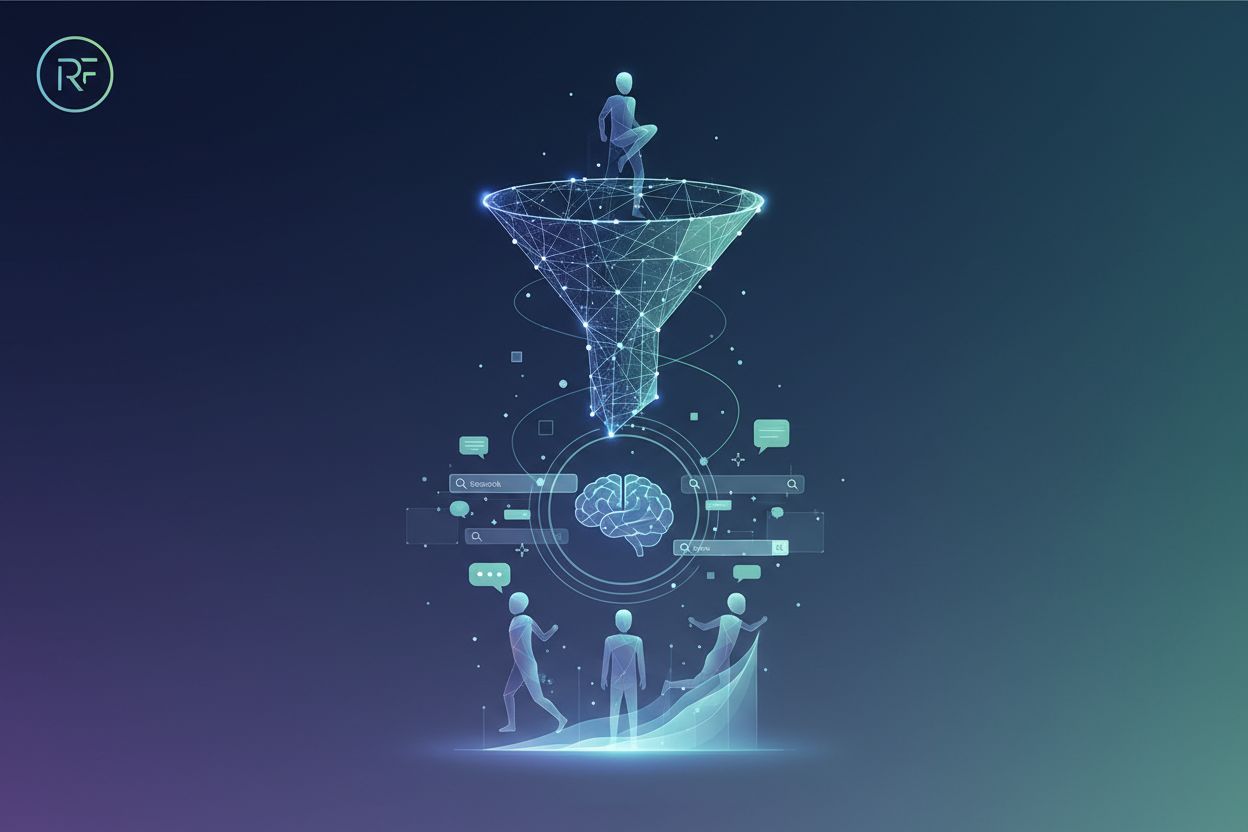AI in Marketing: Distinguishing Hype from Real Value
Artificial Intelligence (AI) has become a significant topic in marketing due to its promises of efficiency, personalization, and data-driven decision-making. However, it's essential to separate the genuine capabilities of AI from inflated expectations.
The AI Hype vs. Reality
AI is often viewed as a revolutionary tool for marketing. While it has powerful capabilities, it remains a tool that requires strategic integration and oversight. Many organizations struggle with unrealistic expectations, leading to frustration. The challenge lies in both adopting AI and using it effectively for measurable results.
For more insights on AI’s impact on marketing, visit AI in Marketing: Hype vs. Reality and AI in Marketing: Hype vs. Reality for CMOs.
Practical Applications of AI in Marketing
AI-Driven Personalization at Scale
AI analyzes behavioral data to create personalized customer experiences. By tailoring content, product recommendations, and optimizing campaigns based on real-time insights, companies can significantly boost engagement. Brands using AI for personalization report higher engagement rates, while those relying on generic approaches risk losing authenticity.
Automated Content Creation and Optimization
AI tools can generate written content and suggest headlines, saving time for marketers. However, human creativity remains vital to ensure brand voice is maintained. Successful content strategies balance efficiency with creative input.
Predictive Analytics for Smarter Decision-Making
AI can process vast amounts of data to forecast trends and optimize ad spend. Predictive analytics support CMOs in making data-driven decisions, but they need to be paired with human insights for effective outcomes. AI offers probabilities, not certainties, necessitating strategic oversight.
Explore more about these applications at AI in Marketing: Hype vs. Reality and AI Tools in Marketing.
Drivers of AI Marketing Hype
Media Buzz and Big Promises
Generative AI technologies have garnered significant media attention, leading to unrealistic expectations. Reports indicate that companies merely mentioning AI in their pitches receive a considerable increase in funding, creating pressure on marketing leaders to adopt AI solutions swiftly.
Vendor Narratives and AI-Washing
Many vendors label their products as "AI-powered," even when they rely on basic algorithms. This practice, known as "AI-washing," contributes to inflated expectations and confusion among buyers. CMOs face challenges in distinguishing genuine innovation from mere marketing buzz.
Learn more about the hype and its consequences at AI Hype vs. Reality - SPD Technology.
!AI Marketing Hype
C-Suite and Boardroom Pressure
CEOs and boards push CMOs to strategize quickly around AI, leading to premature adoption without proper infrastructure. Many organizations feel compelled to demonstrate AI integration, even when they lack the necessary data or technology foundation.
Where AI Excels vs. Where It Falls Short
Where AI Delivers Value
AI excels in data analysis and pattern recognition, enabling effective marketing applications. For example, machine learning can enhance personalization and targeting, leading to higher conversion rates. Predictive analytics supports informed decision-making, while AI can also optimize media spend for improved efficiency.
Where AI Struggles
AI struggles with data quality, integration, and creative tasks. Organizations often find their customer data fragmented, which hampers AI's effectiveness. Furthermore, while AI can assist in content generation, it lacks the creativity and nuance provided by human marketers.
Explore these insights further at AI in Digital Marketing: Hype vs. Reality and AI Hype vs. Reality: Assessing Short-term Buzz and Long-term Breakthroughs.
AI Marketing Use Cases and Metrics for ROI
Personalization and Customer Experience
AI enables marketers to create personalized experiences based on customer data analysis. Companies like Adidas have reported a 30% increase in conversion rates through AI-driven personalization.
Predictive Analytics and Customer Insights
AI's predictive capabilities allow marketers to anticipate customer behavior, improving lead scoring and churn prediction.
Media Spend Optimization
AI enhances media buying efficiency through automated bidding and budget allocation, leading to lower customer acquisition costs.
For more on AI's ROI potential, refer to AI Hype vs. Reality - SPD Technology.
!AI Marketing Use Cases
Challenges in AI Adoption
Data Quality and Integration
AI’s effectiveness is compromised by poor data quality. Many marketing organizations struggle with fragmented data across various systems, which is essential for AI to function optimally.
Creative Strategy
While AI can assist in content production, it lacks the creative insight and emotional intelligence needed for effective marketing.
Integration and Skills Gap
Successful AI implementation requires significant integration into existing workflows, which can be complex and requires skilled personnel.
For additional insights into AI challenges, see AI Hype vs. Reality by SPD Technology.
The Future of AI in Marketing
AI promises to reshape marketing but requires a strategic approach. Organizations that successfully integrate AI with human expertise will likely gain a competitive advantage.
For further exploration of AI’s future in marketing, consider AI in Marketing: Hype vs. Reality for CMOs and AI Hype vs. Reality: Assessing Short-term Buzz and Long-term Breakthroughs.





